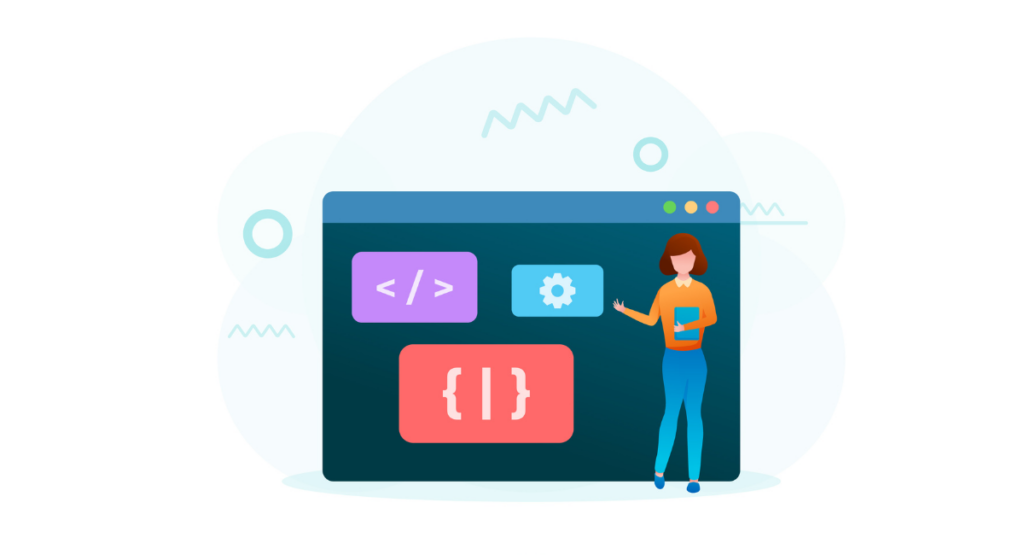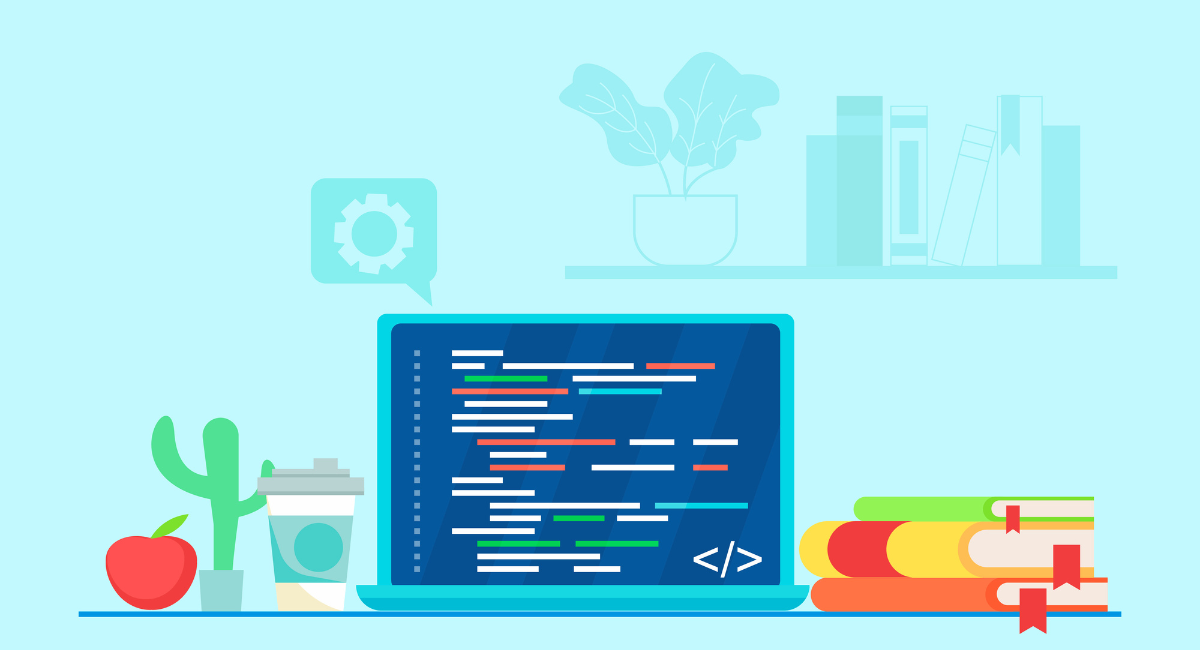XCode is an IDE specially designed by Apple for the development of software meant for macOS, iOS, watchOS, and tvOS. Under normal circumstances, users can only get this famous tool on Mac devices.
Still, windows-based developers may sometimes need to run XCode due to certain needs in iOS or macOS apps development. Running XCode on a Windows PC will involve some workarounds, since there isn't any direct version of the IDE compatible with the Windows operating system.
The following blog explores some practical ways through which you can run XCode on a Windows environment, hence broadening your developmental capabilities without having to switch to a Mac.
Understanding XCode and Its Significance in iOS Development

Overview of XCode
It is the integrated development environment (IDE) for Apple's macOS, offering the developer all tools necessary for making applications for macOS, iOS, watchOS, and tvOS.
The main constituents of XCode include a source code editing system along with a compiler and a build system; thus, it lies at the core of any developer's interests who may hope to build applications within the Apple ecosystem.
Other useful tools in XCode include interface builders, asset management tools, and different Apple device simulators. This extensive suite of tools extends into facilitating the development process, improving productivity, and enhancing collaboration among developers.
Importance of XCode in iOS Development
This is important for iOS developers since XCode is the only IDE recommended by Apple for iOS and macOS app development. This environment is actually customized to work hand-in-glove with the hardware and software created by Apple.
An environment catering to Swift and Objective-C, XCode comes with strong debugging tools and a user interface editor to help in the easier development of visually appealing applications.
Moreover, using the iOS Simulator in XCode, testing applications across a range of devices is possible without having to have the physical device.
This is particularly for the testing of broader device compatibility so as to ensure that apps work well on new Apple devices and systems.
Limitations of Running XCode on Windows
Incompatibility of XCode with Windows OS
XCode was designed and optimized to run natively on macOS only, operating on Apple’s proprietary frameworks and tools. It relies heavily on macOS features and integrations, which are absent in Windows.
Consequently, attempting to run XCode directly on a Windows system results in incompatibility issues, as fundamental discrepancies between macOS and Windows architectures prevent the software from executing properly.
Lack of Official Support from Apple
Apple does not provide any formal support or tools for running XCode on Windows platforms. This lack of support means that developers using Windows are excluded from direct access to updates, optimizations, and official resources linked to XCode.
Without this support, maintaining an efficient and updated development environment becomes challenging, potentially affecting the development quality and success of iOS or macOS applications built on non-native systems.
Developers are encouraged to use macOS to fully leverage the capabilities of XCode and ensure a smooth, supported development process.
Workarounds to Run XCode on Windows

Installing a macOS Virtual Machine on Windows
One of the most useful workarounds to run XCode on Windows will be by setting up a macOS VM. Another way to put it is, somewhere between the host machine and the guest operating system, a virtual machine emulates a computer system, allowing you to run macOS on Windows hardware.
Setting up a virtual machine for MAC OS to run on a Windows machine requires virtualization software like VMware or VirtualBox and a macOS installer.
First, install your virtualization software on your Windows machine. Next, download an image file of macOS; for example, from an legitimate source, in compliance with Apple's terms of use for their software.
At this point, create a new VM that will run macOS. Once you have installed macOS in your VM, you can download and install XCode from the Mac App Store.
This approach will let you run XCode as if you are really using a Mac; however, this might require quite a powerful PC in order to handle the load of both operating systems at once.
Using Remote Mac Mini for XCode Development
Another approach is using a remote Mac Mini. Companies like MacStadium offer Mac Mini servers that you can rent and access remotely from your Windows device.
This service provides a genuine macOS environment with XCode installed. To start, subscribe to a plan and connect to the Mac Mini using a remote desktop application.
This setup offers the advantage of utilizing Apple hardware directly, resulting in better compatibility and performance for iOS development tasks compared to emulated environments.
It is suitable for developers who need access to Apple hardware for app building without the upfront investment of purchasing a Mac.
Emulators for iOS Development on Windows
Overview of iOS Emulators
Basically, an iOS emulators replicate the iOS operating environment on non-ios devices, in this case, a Windows PC.
These tools help in app development and testing by giving you a view of how an app will behave on an iPhone or iPad without actually needing the hardware.
Emulators may also run applications from code, for instance, those compiled in XCode, imitate features of hardware, and even software interactions.
Best Emulators for Running XCode on Windows
Several prominent emulators facilitate iOS development on Windows environments. Notably:
- Corellium: Allows users to run virtual iOS devices on a web browser, perfect for testing purposes.
- iPadian: Mirrors the look and feel of iOS but does not replicate complete hardware-level functionality.
These emulators are primarily used for app testing rather than building apps, as running XCode directly is not supported.
However, you can use them alongside a macOS VM or remote Mac environment to streamline your iOS development workflow.
Tips for Optimizing XCode Performance on Emulators
To maximize the efficiency of XCode when used in conjunction with emulators on Windows, consider these tips:
- Allocate more resources: Increase the RAM and CPU allocation to your virtual machine or emulator to ensure smoother operations.
- Keep systems updated: Regularly update the virtual macOS, XCode, and the emulator software to maintain compatibility and performance.
- Utilize efficient coding practices: Efficient code can be compiled and run faster, reducing the burden on your emulator or virtual machine.
By effectively utilizing these workarounds and emulators, Windows users can engage in iOS development without requiring physical Apple hardware.
Benefits of Using XCode on Windows
Increased Flexibility for Developers
Using XCode on Windows offers an exceptional level of flexibility for developers, particularly for those who are not using Apple's hardware.
Traditionally, XCode is restricted to macOS, meaning the use of Apple computers is a must. However, with the workarounds available to run XCode on Windows, developers can utilize their existing hardware setups without the need to invest in expensive Apple products.
This accessibility allows programmers to work in a familiar Windows environment while building and testing iOS applications. Additionally, this flexibility can be a boon for educational purposes, where students or novices can learn iOS development without the high barrier to entry typically imposed by Apple's hardware requirements.
Enhanced Collaboration Opportunities
By enabling XCode on Windows, developers can significantly enhance collaboration within their teams. This is particularly relevant in environments where team members are using a mix of operating systems. Some key collaboration benefits include:
- Cross-platform compatibility: Teams can work on the same project from different operating systems, which smooths the workflow and reduces system-specific bugs or issues.
- Broader talent reach: Companies can tap into a wider pool of developers who may prefer or solely use Windows systems. This inclusivity can drive innovation and creativity by integrating diverse technological skill sets.
- Resource sharing: Teams can share resources and tools more efficiently, as typical OS-related restrictions are lessened, making it easier to standardize development processes across different platforms.
Overall, leveraging XCode on Windows not only broadens the horizons for individual developers but also enhances productivity and teamwork among larger groups, enabling a more inclusive and versatile development environment.
Book a Demo and experience ContextQA testing platform in action with a complimentary, no-obligation session tailored to your business needs.
Conclusion on Running XCode on Windows
Recap of Workarounds and Emulators
To use XCode on Windows, you primarily have two options: setting up a macOS virtual machine on your Windows device or leasing a Mac in the cloud.
Each methodology has its own benefits and could cater to different user needs. Virtual machines like VMware and VirtualBox allow you to run macOS simultaneously with Windows, granting hands-on access to XCode.
Cloud-based services like MacStadium and XcodeClub, however, alleviate the need for robust hardware by providing remote access to genuine Mac environments.
Choosing the right option depends on your specific development needs, hardware capabilities, and budget considerations.
Encourage to Explore XCode on Windows for iOS Development Success
Stepping into iOS development through Windows might seem challenging at first, but mastering these workarounds and emulators can significantly elevate your development skills.
Exploring XCode on Windows not only broadens your technical expertise but also prepares you for a diverse range of software environments.
Whether you choose to work through a virtual machine or a cloud-based service, each path provides valuable learning and professional growth.
Dive in, experiment with these solutions, and enhance your capability to develop impressive iOS applications right from your Windows workstation.
Also Read - Assert in Python: What is it and How to use it
